*This article is part of Arts Help's Art Theory series.
The primary concept of social history as a critical methodology is that contextual influences of culture and society can never be too far removed from artwork. Art cannot stand alone and independent from the cultural context of the time and place in which it was created. Societal standards and peoples’ perspectives as informed by factors such as politics, religion, gender and race, and socioeconomic materialism serve to instruct the content of art. In turn, cultural discourse as represented in art exercises the power to influence, alter, or progress society’s principles.
The critique of art through a sociological methodology, however, is different from art as social commentary. Art that is necessarily political or documentative falls into the categories of protest art and history painting, respectively, and can be read as expository. Artistically depicting scenes inspired by major events of the time is akin to journalism, whereas the social critique of art involves deconstructing elements of the work which may have been influenced by the time and place in which the artist lived. The art of any culture leaves evidence from which to construct a historiological study, an interpretation of history based on holistic analysis. In other words, the artist does not create art for the purpose of disseminating a direct message, but rather, the work is to be studied as indirectly referential.
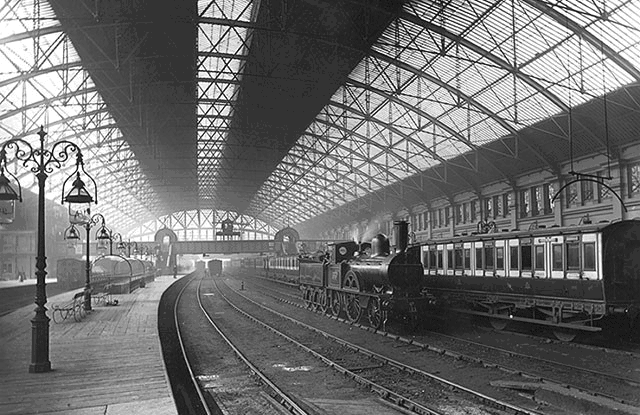
Art during the time of the Industrial Revolution, for example, was heavily influenced by changes to daily life made possible by developments such as electricity and mass transit, and by the formations of cities as we know them today. With the convenience of city life and growth of enterprises alongside the commodification of resources, city centers became the energetic heartbeat of the industrial economic ecosystem, and the place where the pulse of modern life could be felt. Painters like Claude Monet (1840-1926), most famous for his pastoral scenes of serene fields and gardens, also painted Arrival of the Normandy Train, Gare Saint-Lazare in 1877. Blue and grey billows rise from the steam engine as crowds of people gather in waiting under a grid of iron and glass that encloses the station; the continuous movement of the scene and the industrial aesthetic capture the spirit of inspiration that so many found in the advent of commercial travel.
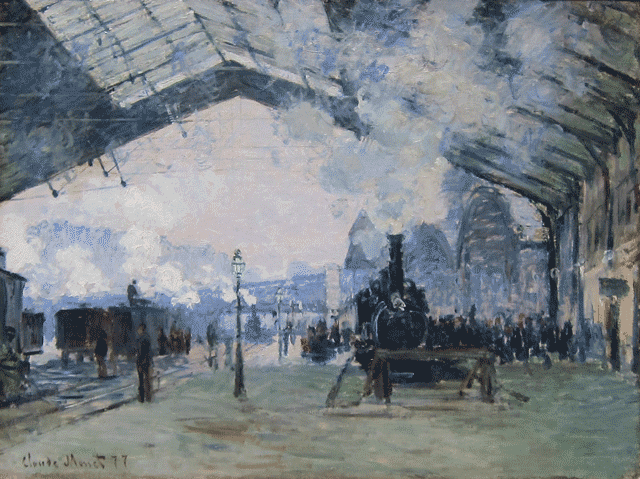
Painters like Gustave Caillebotte (1848-1894) also felt the inspiration of industrialized city life. Caillebotte utilized the motif of the flaneur in many paintings, including Paris Street: Rainy Day (1877), depicting a couple strolling leisurely through the city on a rainy day. With the convenience of industry came the concept of leisure time, a privilege allegorized in the flaneur: a man of reasonable wealth who is seen curiously wandering city streets for the purpose of absorbing culture. Caillebotte’s Paris street is of particular significance in social history for its compositional placement of the flaneur within the painting and the indication of photographic influence on the work. The flaneur, with his wife by his side (another indicator of the societal standards where a woman was not often seen walking alone) is positioned in such a way as to indicate forward motion directly into the path of the viewer, suggesting the constant movement and kinetic energy of the city streets. The photographic influence, new to many painters of the industrial age, is evident in the contrived depth of focus. The shapes in the background are blurred compared to those in the foreground. Also suggestive of photography and its influence is the figure on the right of the painting, which is only half in frame, suggesting a hurried and imperfect composition. The art of Impressionism and Post-impressionism slowly adopt angles and formal structures similar to the visual language of photography, one of the preeminent inventions of the 19th century.
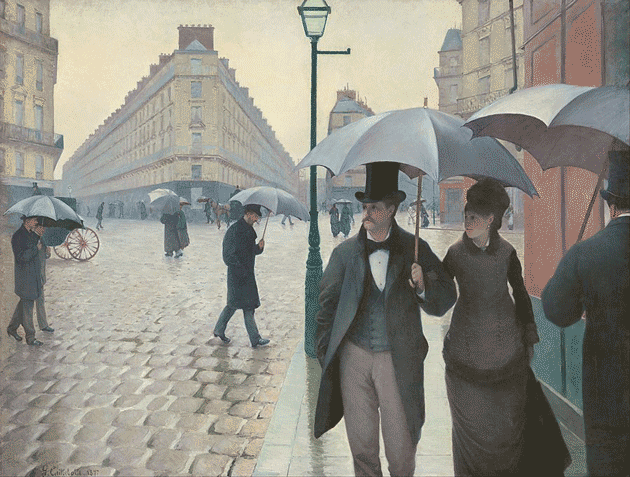
The love affair with industrialism and the influence of mechanical invention can be seen in a myriad of Impressionism and Post-Impressionism paintings; the positive outlook, however, was short-lived. With the mass-destruction capabilities provided by industrial developments in the military, the lasting psychological effects of World War I can be seen throughout nearly all early 20th-century art. Though Dada as a movement may seem trivial and even ludicrous out of its historical context, the group of artists dedicated to reimagining the entire aesthetic of art did so in reaction to the absurdism of the war and the devastation of violence. Through the rejection of reason and logic in creative expression as a mirror to the irrational horrors of war, Dada artists created some of the most iconic pieces of anti-art in the entirety of art history.
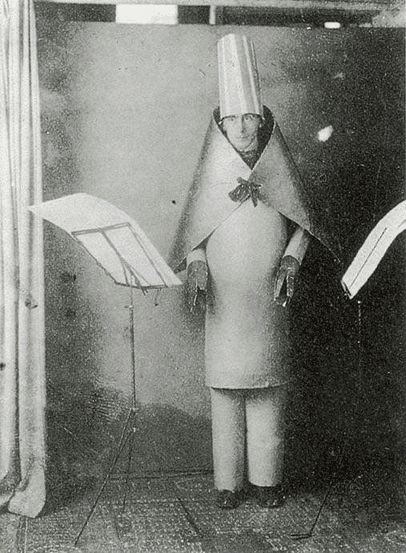
When Hugo Ball (1886-1927) dressed himself in tin and recited his sound poem Karawane (1917), an outpouring of noise and indistinguishable syllables, he described it as, “a return to the innermost alchemy of the word.” Karawane was an exercise in escaping society’s conventions, and distilling communication to phonetics as opposed to semantics. Similarly disillusioned with society and the boundaries of the once-trusted artistic rules of expression, Marcel Duchamp (1887-1968) created Fountain (1917), a urinal turned on its side and an icon of unconventional art. A pioneer of the readymade artform, Duchamp used the reintroduction of a mass-produced object in the elevated context of bourgeois art to signify the falsity of upper-class posturing, and the tenuous grasp on reality perpetuated by a materialistic society. By presenting the common and even taboo object of little value to the art world, and literally putting it on a pedestal, Fountain was a means to empower the individual with the right to critique art, and to challenge the validity of what is being presented as truth.
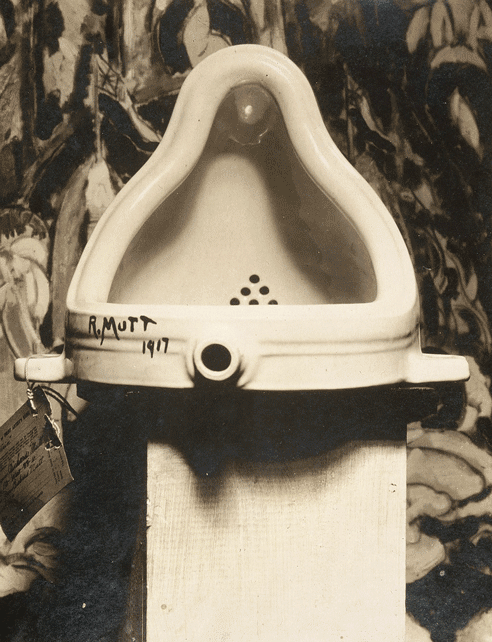
As social practices and major historical events shape the culture of daily life, art reflects and is reflected in the collective consciousness. While the influences of pivotal societal change are often clearly delineated in artwork, the methodology of investigating art as social history can also be subtle if not imperceptible. The power of historiology and of interpreting unwritten history can be found most often in the form of creative expression. Art is the unsolvable puzzle of humanity, and offers more in the way of meaning than what pure aesthetics tends to divulge.
